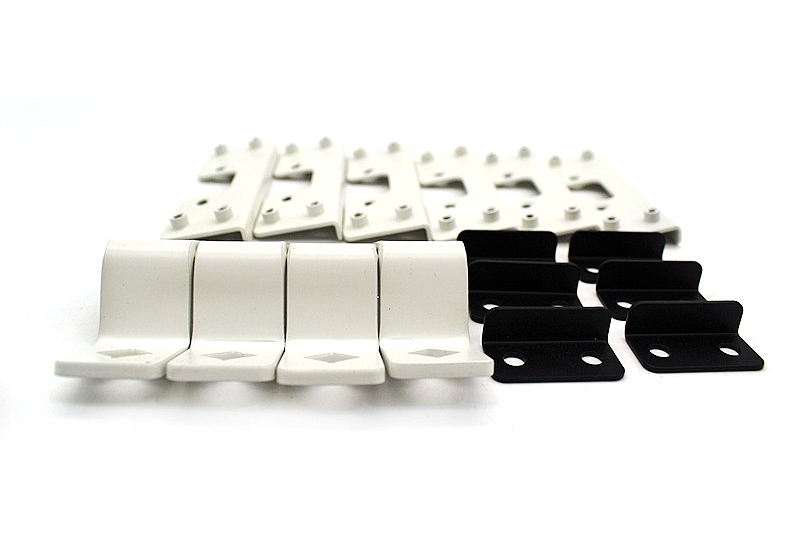What are the common defects in custom metal bending and their solutions?
Introduction
Custom metal bending is essential in producing brackets, enclosures, structural supports, and precision components across multiple industries. However, bending metal introduces mechanical stresses that may cause defects if tooling, process parameters, or material selection are not managed correctly. Below, I outline the most common bending issues I encounter as an engineer, along with practical solutions that are supported by proper manufacturing processes, material choices, and finishing steps.
1. Cracking at the Bend Area
Cracking usually occurs when bending high-strength or low-ductility metals. Alloys with insufficient elongation—such as hard tempers—are more prone to fracture.
Solutions: • Choose ductile metals such as cast aluminum or carbon steel when sharp bends are required. • Increase bend radius to reduce strain. • Use thermal processes such as heat treatment to restore ductility before forming. • For prototypes, simulate the bending sequence with prototyping to validate feasibility.
2. Springback After Bending
Springback happens when the material elastically recovers, causing the final angle to deviate from the design.
Solutions:
• Select alloys with stable mechanical properties, such as stainless steel.
• Apply correct over-bend compensation in a controlled process like metal bending.
• Use precise tools and controlled forces supported by CNC systems.
3. Wrinkling on the Inside Radius
Wrinkling appears when compressive forces exceed the material’s stability, especially with thin sheets.
Solutions: • Switch to more rigid materials such as magnesium alloy or thicker sheets when possible. • Use bending aids like support pads or special V-dies. • Pre-form using processes such as sheet metal fabrication to improve stability. • Apply smoothing processes like tumbling after forming.
4. Surface Scratches and Marring
Surface damage occurs when tools drag against the metal during the bending process.
Solutions:
• Use protective films or polished dies.
• Apply finishing processes such as sandblasting or polishing.
• For decorative parts, consider coatings like anodizing or powder coating.
5. Inconsistent Bend Angles
This occurs when tooling alignment, material hardness, or machine parameters vary between cycles.
Solutions: • Use CNC-controlled systems such as laser cutting and automated forming to maintain precision. • Select consistent materials such as A356 aluminum or engineered alloys like Inconel 625. • Maintain a uniform grain direction when designing bending layouts.
6. Distortion on Long Bends
Long, thin parts often deform due to uneven pressure or residual stress.
Solutions: • Use staged bending sequences with CNC machining prototyping to test long geometries. • Use stiffer materials like zirconia for rigid structural elements. • Apply post-process stress relief via thermal solutions like thermal coating.
Industry Applications
• In aerospace, preventing cracks and springback is essential for maintaining tolerances.
• In consumer electronics, surface finish is critical for visible metal housings.
• In telecommunication, distortion control ensures stable mounting structures.
Conclusion
Metal bending defects arise from material limitations, tool inaccuracies, and process variables. By selecting suitable materials, utilizing controlled bending processes, and applying suitable surface treatments, manufacturers can minimize most issues and deliver high-precision formed components.



